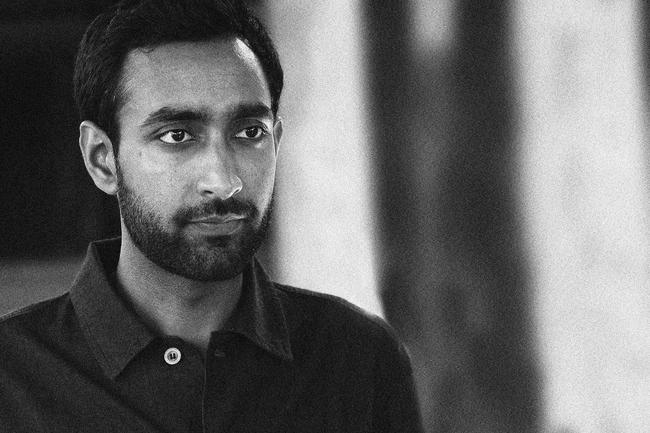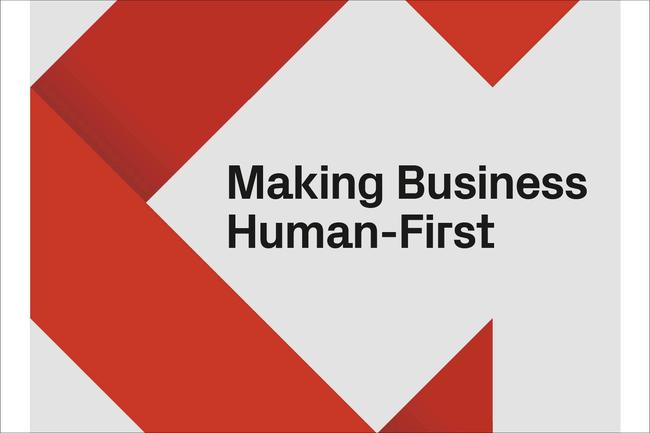
Conversation with Daniel D’Ambrosio about changing the way businesses look at human rights
Creativity and innovation are not words you would necessarily associate with a lawyer at a top global law fi rm like DLA Piper. But these are the mantras fuelling Daniel D’Ambrosio’s enthusiasm for business and human rights law, a rapidly changing area of practice. An energetic Australian now living in London, Daniel is passionate about changing the way businesses look at human rights. From talking to him, it’s easy to see how he succeeds in advising and training everyone from senior executives to internal colleagues.
From using diversity to protect value, to getting corporates and NGOs in the same room, Daniel tells us about the human rights issues and innovations that should be on the minds of today’s business leaders.
Most companies rely on a policy to protect human rights – but is a policy alone enough to ensure positive action?
For companies, human rights is a journey, not a destination. It must be about developing a responsible corporate culture that understands its place in society and the importance of respecting that society. A policy is an essential starting point but it needs to be embedded throughout the business for it to be effective. When you think about how businesses operate, especially larger global businesses, there are many different internal functions and operations. It must be clear to everyone how a policy commitment, as a statement from the board, affects them and the decisions they make on a daily basis. Otherwise a policy is just a piece of paper. Implementation is key.

Photo credit: Noah Sheldon
How important is engaging the entire company on human rights issues?
Company-wide engagement is key to ensuring a policy commitment is really implemented and core values are embedded effectively. From boards to legal teams to operational staff, everyone has a role, ones that have evolved over time. Legal teams need to think more broadly than merely complying with domestic laws. They must understand the ecosystem of governance and regulation that infl uences corporate behaviour. This includes laws, hard and soft, but also voluntary initiatives, international human rights standards, social and moral norms and expectations.
So how do you work across functions and departments to build better awareness of good practice?
Networks are key, both internally and externally. Within an organisation, while one-way communication, such as emails, enables information to cross a business swiftly, better awareness and understanding is built by two-way engagement across teams and internal functions. It isn’t just about telling people what they should do, it’s about listening to them to build an understanding of good practice and then share those practices. Crossing internal silos builds efficiency. Externally, building networks with a wide range of stakeholders is important. Relationships with civil society can be a key part of building an understanding and awareness of where human rights risks might lie, and how they can be addressed and remedied in relation to business activities, supply chains and relationships.
What can corporate leaders do to make sure policies genuinely take hold across the business?
Being a responsible business means policy commitments, company values, strategy and business decisions should align. Company values and human rights policy statements must be more than words: if they aren’t embedded into the way the business operates and acts then they can damage a company’s integrity, ability to compete, and its confidence. It can erode trust in the business with all stakeholders, including shareholders. A responsible corporate culture that aligns values, strategy and policy commitments and reflects ethical and social norms can become a competitive advantage and a serious value-add. For human rights policy commitments to take hold and be effective, it’s also essential corporate leaders understand the relevance of human rights issues to the different functions of the business, its supply chain and business relationships. Corporate leaders need to understand issues from a human rights perspective. This means engaging human rights expertise.
Beyond policies and frameworks, what are the big steps companies could take over the next five to 10 years to improve their human rights approach?
It doesn’t take big steps to improve companies’ human rights approach. They need to take consistent, small steps over the next five to 10 years to improve it. One thing companies should consider is diversity, which isn’t often raised in the context of improving human rights performance. Not many businesses are thinking about diversity as a tool to protect value and manage human rights risks. But, especially at board level, ensuring a range of views, backgrounds and experiences inform decision making has been shown to improve the identification and management of human rights issues. Policies and frameworks don’t change companies on their own; the people behind them do. So having a diverse range of people on board (and on boards) can help ensure policies and frameworks are effective at driving change.
What’s exciting about the way the best companies are tackling human rights in 2017?
Building networks with civil society and other stakeholders, including businesses and academics, is an interesting way some businesses are gathering intelligence and supporting due diligence processes. Seeing businesses sit down with civil society organisations to talk about human rights is a development you would not have seen five to 10 years ago.
This interview is a part of a series in a larger publication, Tea & Water Perspectives: Making Business Human-First








